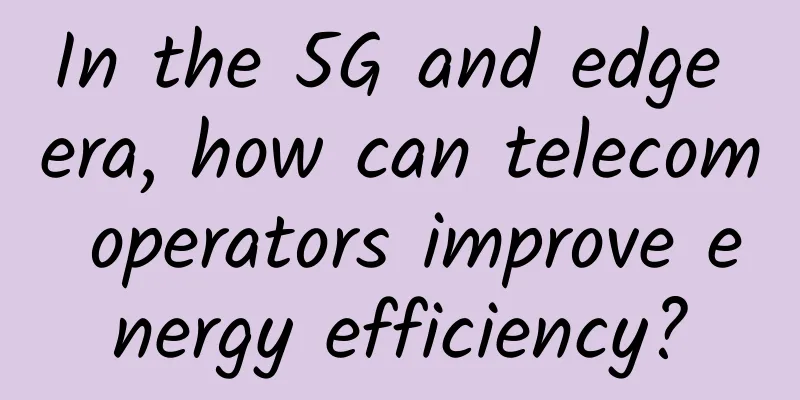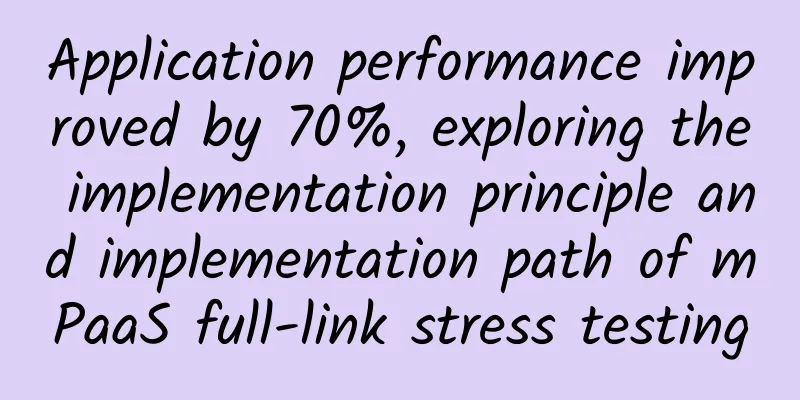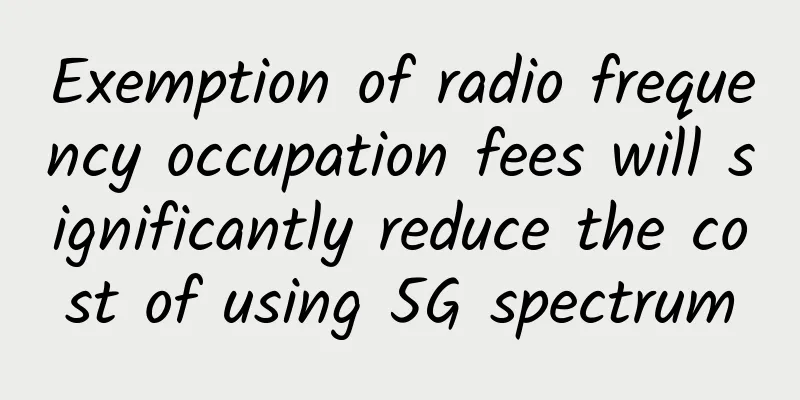In the 5G and edge era, how can telecom operators improve energy efficiency?

|
Energy efficiency is no longer a cost and compliance exercise, but one of the top business priorities for telecom operators. The rollout of 5G and EDGE brings new complexities in energy demand and management, forcing telecom operators to strengthen their strategies and invest in more efficient practices. The question is, can operators rise to the challenge and prepare for an era of smarter, more efficient global communications?
Taking the Right Approach Telecom operators must take both a CAPEX (capital expenditure) and OPEX (operating cost expenditure) approach to improving energy efficiency. This means ensuring that all infrastructure remains as energy efficient as possible (OPEX approach) while also looking at how to invest in equipment that is optimized for efficiency (CAPEX approach). To improve energy efficiency, telecom operators must recognize that these strategies are closely linked. An aggressive CAPEX approach means telecom operators must prioritize energy efficiency when purchasing new equipment. This may incur higher upfront costs, but the long-term ROI is higher because operators spend less time and money maintaining, updating, powering, and cooling inefficient equipment. Investing in energy-efficient equipment is an important first step, but to maintain efficiency it must be operated and maintained correctly. This is where operators must take an OPEX approach to energy efficiency - ensuring sites run efficiently day in and day out. For example, they must consider cooling requirements holistically - how long does the air conditioner actually need to run, and what are the permissible temperature and humidity ranges? This is where new software applications come into play, as they can help operators implement both active and passive ways to improve energy efficiency. Finally, consider using a hybrid financing model such as Vertiv’s ESaaS (Energy Efficiency as a Service) to get the best of both worlds. Smarter sites We are already seeing a transition in the telecom industry towards data-led sites that are not reliant on human interfaces, also known as smart sites. This shift can significantly reduce a site’s carbon footprint as fewer people are travelling back and forth. When a problem occurs, on-site technology can notify telecom operators so that appropriate remediation can be organised with fewer site visits. For example, thermal imaging cameras can identify a problem, find the root cause and extent of the damage, and conduct an accurate assessment with the appropriate engineering team. This approach has a measurable impact on energy efficiency, providing a strong business case for continued investment in smarter technology and remote monitoring applications. Strategic Outlook One of the biggest challenges facing telecom operators is how to meet the needs of current customers while also building the capacity to meet the growing demand driven by applications supported by 5G, EDGE and fiber. Telecom operators will soon play a role beyond just supporting existing consumers. They will be called upon to help local authorities cope with their smart city strategies and growing IoT implementations. Strategies for building these complex systems require flexibility. Telecom energy managers need to ensure that the infrastructure is sized to meet the growing demand for new types of connectivity in the future. Fail to plan for the long term and telecom operations risk being lost again, a mistake that will have both financial and reputational repercussions. Getting renewable energy right To support sustainability challenges and the growing complexity in the industry, telecom operators are turning to renewable energy. Operators can now choose from a wider range of renewable energy options than a decade ago as procurement is easier. Striking a balance is key to ensuring the right use of renewable energy as no critical infrastructure provider can afford to put all their eggs in one basket. This will lead to telecom operators taking a comprehensive approach to managing renewable energy themselves as well as outsourcing to third parties. Telecom operators have to take a holistic approach to energy management. For example, as a telecom operator, you can build a micro wind turbine on a base station. It may not be the most efficient turbine in the world (because it is a small turbine and there is no economy of scale), but if you buy the same power energy from an energy supplier and that energy supplier transports the energy to another part of the country, then you have transmission losses (you actually have to add more than one kilowatt to get one kilowatt out). Telecom operators will start asking questions like: What do you do with the lost power? Can you make up for that loss? These are things that need to be considered. Balance is at the heart of telecom energy efficiency strategies. There are many considerations when promoting efficient technologies and practices and getting them used correctly, and until the telecom industry has evolved enough to understand what best practices really look like, it will be difficult to make initial judgments. Operators face many complex challenges, addressing energy consumption in the short term while planning for the future with 5G, EDGE, fiber, smart cities and a growing number of stakeholders. No one has cast the tarot cards on the exact future of telecom operators, but one fact remains certain – building and maintaining a resilient and efficient infrastructure requires flexibility, scalability and strategic thinking. |
<<: Moving forward amid challenges: A review of the top ten events in the 5G field in 2020
>>: How businesses can improve remote collaboration in 2021
Recommend
Technical Tips | Alibaba Cloud's Practical Exploration of Building Lakehouse Based on Hudi
1. Data Lake and Lakehouse At the 2021 Developer ...
Global 5G patent rankings: Huawei ranks first, ZTE and OPPO perform well
5G technology has been around for more than four ...
All the information about IPv6 is here? Learn more in one article
Now many operators support IPv6. The day before y...
Which parameters need to be tuned to support millions of long connections?
File descriptor limits System-level limit: The op...
HostKvm 20% off, Hong Kong CN2 monthly payment starts from US$7.6, 2G memory/40G hard disk/10M bandwidth
HostKvm is launching a 20% discount coupon code t...
Advantages and Challenges of 5G Network Slicing
The fifth generation of mobile communication syst...
Internetport: €2/month KVM-512MB/10G SSD/5TB/Sweden VPS
Here is another VPS host in an unpopular area. In...
Three major dilemmas of big data
【51CTO.com Quick Translation】 Big data, as a set ...
Review of 5G in 2017: The first version of 5G NR standard was frozen, and China's voice was enhanced
2017 is known as the first year of 5G standards. ...
Mobile performance optimization series - startup speed
Mobile performance has a crucial impact on user e...
Five network management trends for 2022
With the advent of the Internet era, people need ...
CCS Insight: 5G connections to jump to 3.2 billion by the end of 2025
The GSMA's in-house The Mobile Economy Report...
13 key technical differences between SD-WAN providers
Choosing the right software-defined WAN vendor ca...
How to move your contact center to the cloud to prepare for the pandemic
The coronavirus outbreak has had an unprecedented...
80VPS: AMD Ryzen+NVMe Los Angeles Cera Data Center KVM annual payment starts at 349 yuan
80VPS is a well-established Chinese hosting compa...









